From its earliest days through its very last hurrah (see the Art in the Armory: Occupied Territory exhibition) visiting groups used the fortress-like structure of the Chicago Avenue Armory as a transformative space.
In this 1920 event held in the original eastern portion of the armory where Chicago's elite held galas and benefits for 70 years, the Junior League exploited the new medieval structure to create a period event that featured tableaux vivants that contrasted with their modern attire and complimented their modern sensibilities. In a twist on the MCA's artist activated space, Chicago Art Institute students arranged the tableaux. |
||
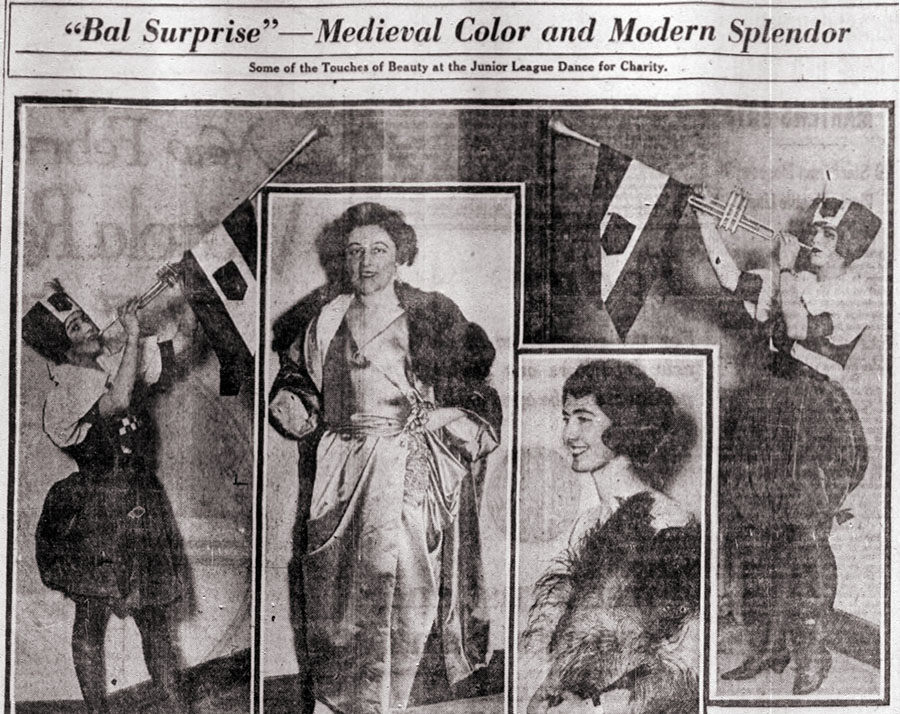 |
||
Chicago Daily Tribune, January 31, 1920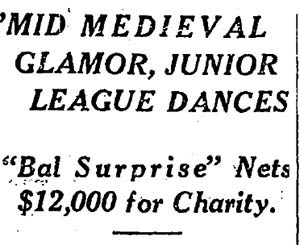 |
January 31, 1920 |
|
| The 45x180 foot vaulted ceiling ballroom lent a gothic charm to a myriad of themed affairs. | ||
January 24, 1926: 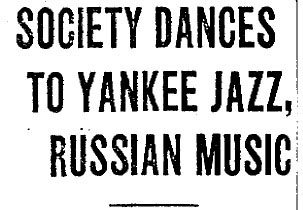 The black eagle of Russia and the American flag hung at each end of the ballroom where an American orchestra, in a colorful Russian painted setting, played American ragtime, and Russians gave a lively Russian program of singing, dancing, and instrumental music. A group of Chicago debutantes, all garbed in gay, colored shawls sold programs, flowers, and cigarettes, to add to the proceeds of the affair which is to help establish a fund for the aid of indigent Russians arriving in Chicago, unable, because of their ignorance of our language to find employment. Stanley Fields Arrive Early. One of the first groups to arrive at the armory were the guests of Mr. and Mrs. Stanley Field, who had taken two of the boxes, roped-off spaces containing gilt chairs. Greek Prince is Present. Between the Potter Palmer contingent of boxes and the Walter R. Kirk's was one placarded H.R.H. Prince Paul of Greece. |
April 6, 1929: 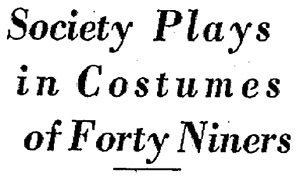 "Gents, check yer guns!" was one of the mildest admonitions sounding the keynote of the Forty-Niners' party last night at the Black Eye dance hall [the 122d field artillery armory], where society played at living in the gold rush days, for the benefit of the Lower North Community council. A bar with a pipe rail and sawdust flanked one end of the hall, which was decorated with other signs characteristic of the period. There was a box row skirting the hall, and occupied by those who were not costumed for the festivity. These included Mrs. Rockefeller McCormick, and Mrs. Chauncey Blair. Barret Wendell in a ten gallon hat, a bold green shirt, and an enormous badge, was sheriff and Miss Frieda Foltz, one of the prime movers of the affair, was a dance hall queen in black lace. Mrs. Randolph Payson in a cowgirl outfit served soft drinks and tended the cashier box at the bar, and Princess Cantcuzene, one of the co-chairmen of the dance, wore white with a blue shawl. Boyd Hill's ferocious side whiskers and bear greased hair were something to have made any forty-nine gambler sit up and take notice. Walter Frazier was a desperado or perhaps a miner with a plaid shirt, red galluses and a black eye, and Prince Nicholas Galitzine was one of the sheriff's henchmen. |
May 15, 1989 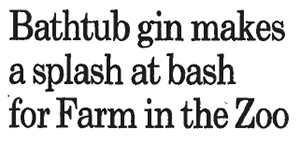 Excerpts from Barbara Mahany's Tribune article: By 10:30 Saturday night, the bathtub gin was gone. All 40 gallons of it drained from the red cast-iron tub that added so nicely to the ambiance of the stairwell of the Chicago Avenue Armory. This year's $55-a-ticket bash, which raised about $30,000 for Lincoln Park Zoo's very own barnyard, was dubbed the Bootlegger's Bash. True to the promises of the invitation, tub of gin awaited guests on the third-floor landing of a dizzying five-flight climb to the top of the armory. "What a thoughtful distraction from the nuisance of going up these steps," remarked a short-winded lawyer, reaching for a cup of sustenance. Once in the cavernous arched room, the former mess hall of the Illinois state guard, guests stoked up for a night of cavorting. Within a couple hours they had downed 126 pounds of Maryland ham, 700 oysters on the half shell, 100 pounds of blackened filet, crabcakes, cheese pudding, buttermilk biscuits, apricot brandy fruit tarts and baskets bulging with strawberries. |
October 13, 1988 |
||
